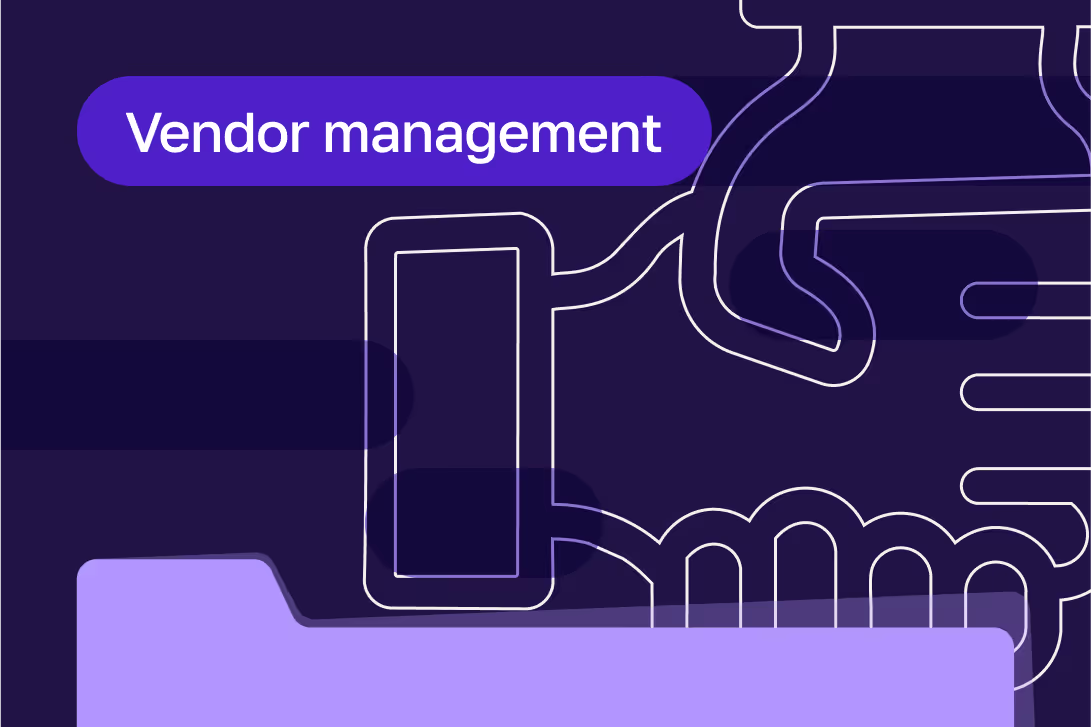What are IT efficiency metrics? Measuring IT performance and productivity


Listen to this blog as a podcast

.png)
Running lean is nothing new for IT teams, but today, the margin for error is razor-thin. You’re expected to keep everything running, troubleshoot problems, fix what breaks, and somehow find time to plan for the future, but there simply aren’t enough hours in the day.
That’s why you need to track your IT efficiency metrics. These numbers are your roadmap to working smarter, not just harder. The right metrics can reveal where your team’s getting stuck, what’s slowing users down, and where you have room to automate or scale operations for better results.
In this guide, we’ll break down the most impactful IT efficiency metrics, how to use them to improve performance, and some best practices to get you started.
Looking ahead: While metrics show you what to fix, these five IT improvement ideas can help you figure out how to fix it.
What are IT efficiency metrics?
IT efficiency metrics measure the performance of your IT department. They capture essential data, like how quickly your team resolves tickets, how often systems go down, how much it costs to work on tickets, and how stretched (or not) your team really is.
Tracking these metrics over time is where the real value comes in. They help you uncover trends, identify bottlenecks costing your team valuable time, and show where your processes are working well versus where they need a tune-up or could benefit from a little automation.
Why IT efficiency metrics matter
It’s not enough for IT teams to just “keep the lights on.” Today, people and organizations expect more from IT teams. You need to maintain uptime, reduce costs, improve user satisfaction, and innovate outdated systems. The list goes on!
This is where IT efficiency metrics come in.
They:
- Surface performance gaps before they affect users
- Enable better prioritization of team resources
- Reveal automation opportunities to reduce repetitive work
- Justify IT investments with real, measurable improvements
For instance, reducing the Mean Time to Resolution (MTTR) is important for boosting end-user satisfaction. When issues are resolved faster, there’s less downtime, which helps employees stay productive and feel less frustrated.
Key IT efficiency metrics to track
Measuring IT efficiency starts with knowing what to look at. Here are six impactful metrics every IT leader should track, along with what they reveal about your operational IT efficiency.
1. Mean time to resolution (MTTR)
MTTR measures the average time to resolve a ticket from the moment it's created. A high MTTR often means delays in triage, handoffs between teams, or a lack of documentation. It’s one of the clearest indicators of how responsive (and efficient) your help desk really is.
2. First contact resolution (FCR)
FCR measures the percentage of tickets resolved in a single interaction (tickets that require no follow-ups, escalations, or handoffs).
A high FCR indicates your team can immediately solve issues, minimizing disruptions and boosting user confidence in IT. On the flip side, a low FCR can signal knowledge gaps, unclear documentation, or overly complex processes that waste time and frustrate users.
3. Ticket volume by category
The ticket volume by category measures the number of incoming requests grouped by issue type (e.g., access requests, email problems, software installs). The categories help you delegate high-touch tickets while automating the more routine issues.
The metric highlights how your team uses their time and energy and identifies where you can reduce the workload or improve.
4. Cost per ticket
The cost per ticket is the total expense for resolving a single ticket, including labor, tools, and overhead. Understanding this cost is crucial for effective budgeting and scaling IT help desks.
It gives you a clearer picture of the true cost of your IT services, enabling you to make informed decisions about automation or outsourcing investments.
5. System uptime
System uptime refers to the time (usually ratioed as a percentage) that essential systems or services are fully functional. More uptime means fewer user complaints, fewer support tickets, and better business continuity.
It’s a straightforward but powerful metric that reveals the stability of your IT infrastructure.
How these metrics help optimize IT operations
IT efficiency metrics turn raw data into clear insights you can use. They highlight what’s working, what’s slowing your team down, and where there’s room for improvement.
Let’s say:
- If your ticket volume categorization metrics show your team buried in access requests, it could be a great opportunity to automate provisioning.
- Is first-contact resolution low? Your team might need better documentation, or perhaps users aren’t providing enough context up front.
- Is your MTTR creeping up? That could point to triage issues, unclear escalation paths or resource gaps.
When you analyze your ticket history through the lens of these metrics, patterns emerge. You start to see where your team’s time and budget are going.
Using tools like Fixify and ticket analysis, you can spot trends, fix bottlenecks, streamline workflows, and shift more effort toward high-impact projects.
Best practices for measuring and improving IT efficiency
Don’t go at it blind — keep these best practices in mind when you start tracking IT efficiency metrics:
- Align metrics with business outcomes: Don’t track just for the sake of it. Focus on what improves productivity and user experience.
- Ensure clean, consistent data: Garbage in = garbage out.
- Look at trends, not snapshots: One bad day doesn’t tell the whole story.
- Keep metrics visible: Dashboards and team reports keep everyone aligned.
- Benchmark internally: Compete with your past self before chasing industry averages.
Pro tip: Watch for repeat ticket offenders. If the same issue keeps showing up week after week, it’s not just noise — it’s a neon sign pointing to a process gap or system flaw. Flag those patterns early, and you can often fix the root cause instead of endlessly firefighting symptoms.
Make metrics work for you: scale smarter, not harder
IT efficiency metrics are the building blocks to a smarter, faster, more user-friendly IT organization. By measuring your efficiency factors, you can spot opportunities to scale, optimize, and enhance your team’s influence.
If you’re ready to stop guessing and start optimizing, Fixify is here to help.
Explore how Fixify can transform your IT help desk and book a demo today.
Related articles

The new IT talent equation: Why AI makes human expertise more valuable


What is vendor management in IT and why does it matter?

.png)
The IT Department, Explained: Roles, Functions, and Tools

Stay in the loop

Sign up to get notified about our latest news and blogs
.png)